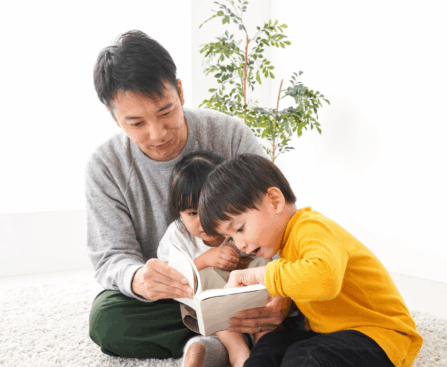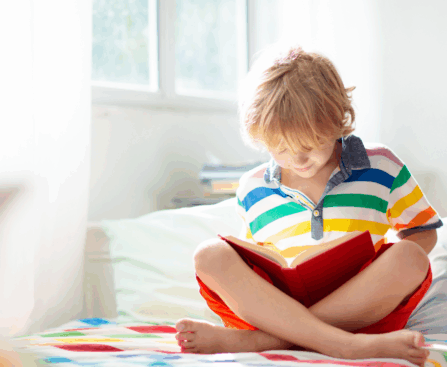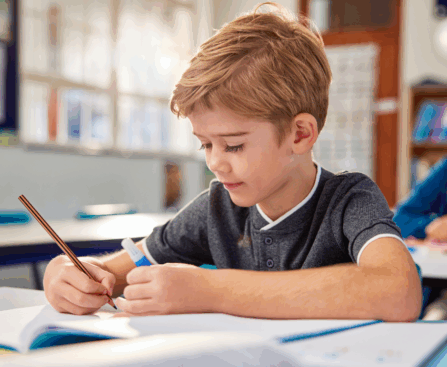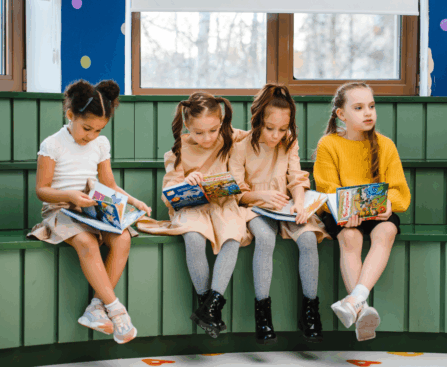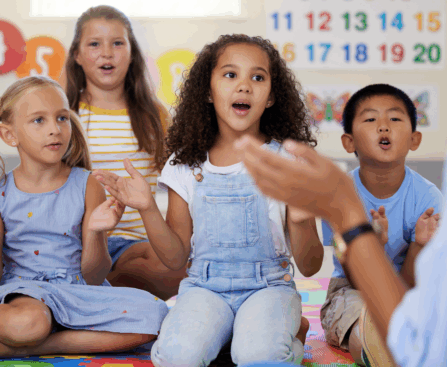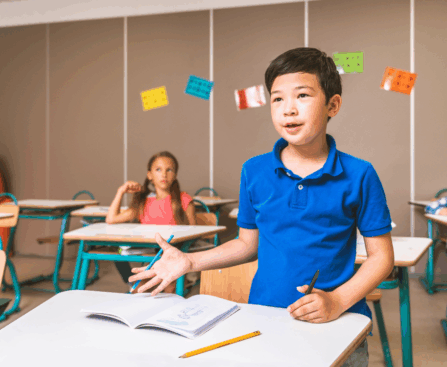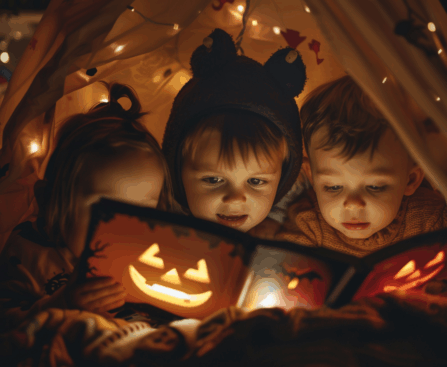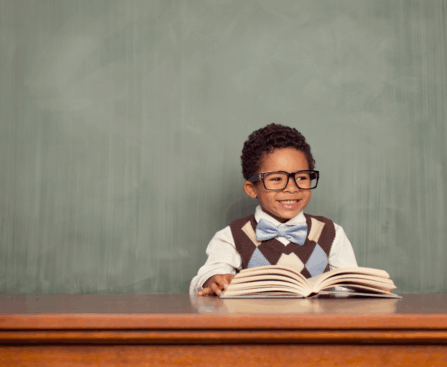Your five-year-old can sound out every word in a sentence perfectly. She reads ‘The cat sat on the mat’ without a single mistake. But when you ask where the cat was sitting, she stares blankly. She read the words, but she didn’t really understand the story. What’s missing? It could be background knowledge. Reading isn’t […]
Your second grader just read an entire chapter book by herself. She’s so proud, and honestly, you are too. All those evenings practicing letter sounds, sounding out words, and celebrating small victories have paid off. She can read now. Really read. So you put away the picture books. Bedtime stories become bedtime reading time, where […]
Your child worked so hard to master those tricky vowel teams last month. You celebrated together when they finally got it. But this week, you noticed them struggling with the same patterns. Did they forget everything? Are you back at square one? Take heart. This is completely normal. Reading skills require constant reinforcement to stick. […]
Your child is reading aloud. They come to the word “house” and say “home.” Do you stop them immediately? Wait until the end of the sentence? Ignore it completely? You want to help, but you also don’t want to interrupt the flow or make reading feel like constant criticism. Error correction is one of the […]
Your child is writing a story about their stuffed animal. They pause, pencil hovering over the paper. “Mom, is it ‘stuf’ or ‘stuff’?” You might wonder the same thing. Why do some words double their final letters while others don’t? Welcome to the wonderful world of the Floss Rule—one of English spelling’s most reliable patterns. […]
Your child sounds out a word: “b-oy… boy!” Then they encounter “boil” and pause. “Is that b-oy-l?” They’re puzzled because these letter combinations look similar but behave differently. You want to help, but diphthongs can feel confusing even to adults. Here’s the good news: Diphthongs follow predictable patterns. Once your child understands how they work, […]
Your child confidently reads the word “cap.” Then you add one letter to the end—a silent E—and suddenly they’re stumped. The word looks completely different to them now. “Cape” might as well be a foreign language. This moment happens in every early reader’s development. Silent E represents a huge conceptual leap. Your child must understand […]
Your child sounds out each word carefully. They decode beautifully. But when they reach the end of the sentence, they can’t tell you what it said. They go back and read it again. Then again. The frustration builds. This isn’t about intelligence or effort. Your child is working incredibly hard. What you’re seeing is working […]
Your child stares at the word “jumping” for what feels like forever. They sound out each letter correctly—/j/ /u/ /m/ /p/ /i/ /ng/—but by the time they blend it together, they’ve forgotten the beginning of the sentence. Reading homework that should take 15 minutes stretches into an hour. They’re trying hard, but everything just takes… […]
You walk into the library, excited to find books for your kindergartener who’s just starting to read. The children’s section offers hundreds of brightly colored early readers. They all look educational. They’re all labeled for beginning readers. So you grab a stack, head home, and settle in for reading time. But ten minutes later, your […]


